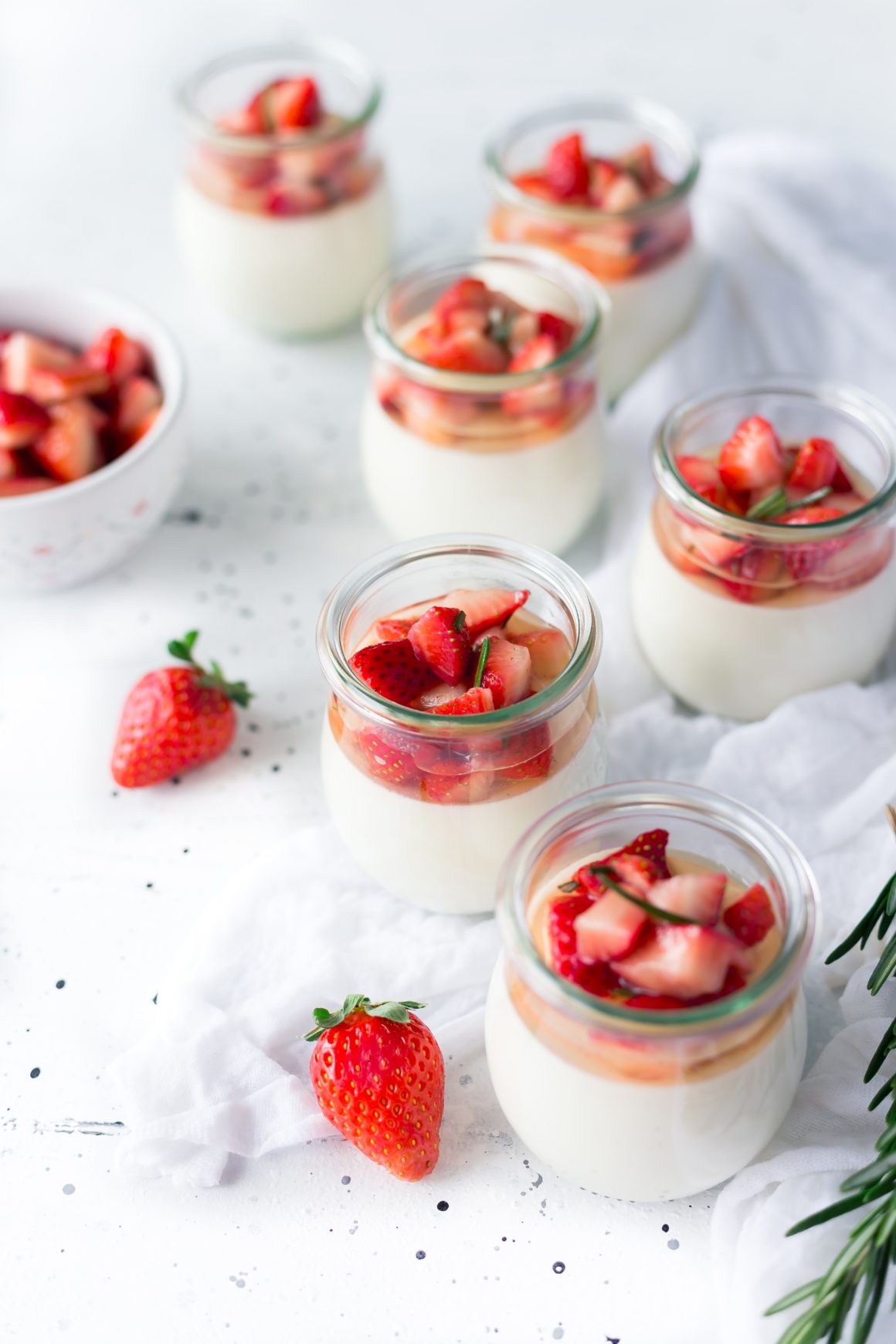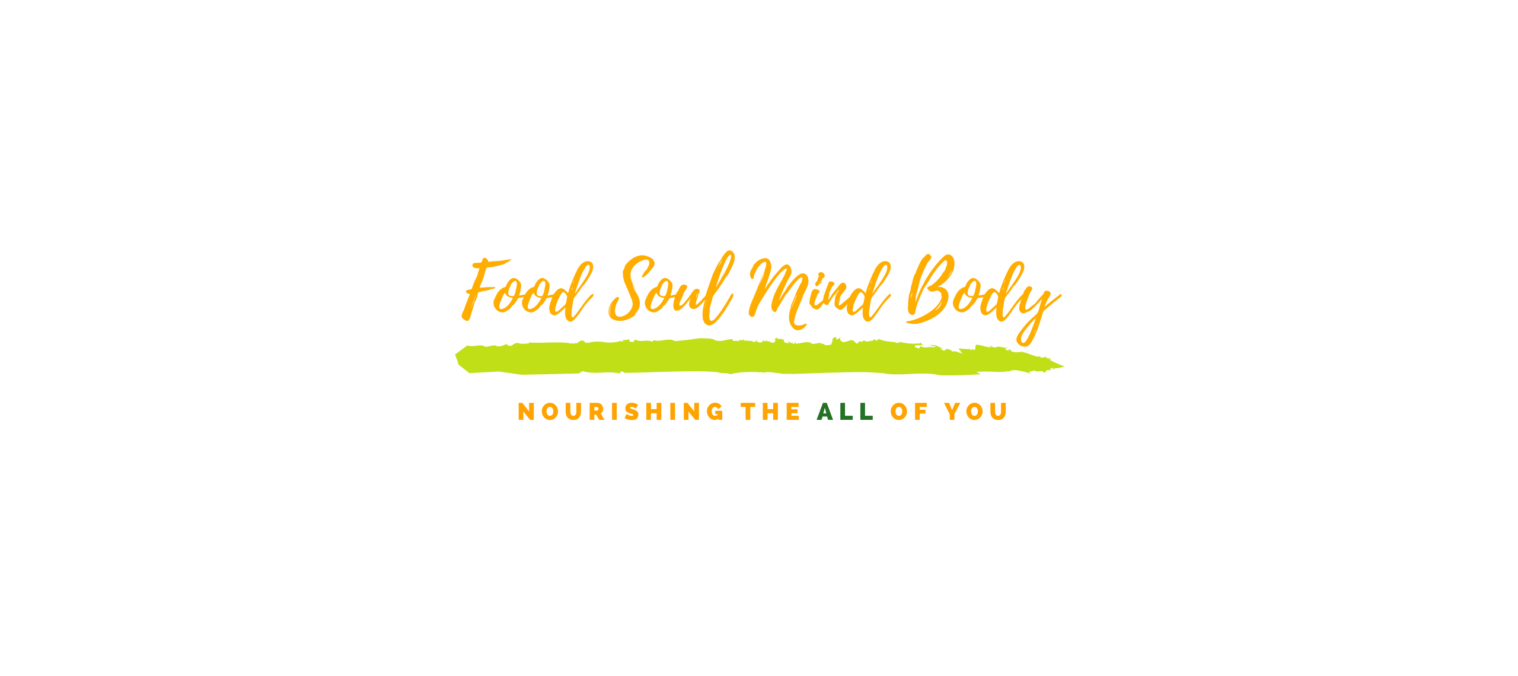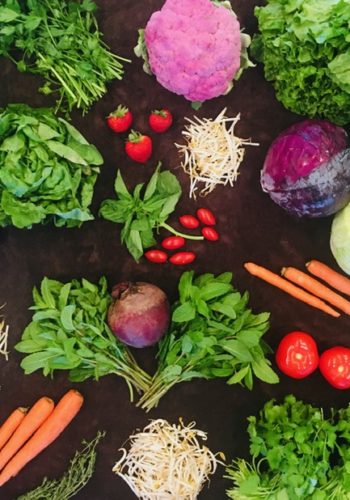
Yogurt – Junk vs. Gems
There you stand, in awe, as you face the endless rows of yogurt in the dairy cooler, nearly overcome by the choices…
- YoCrunch Oreo. Seriously?
- GoGurt. Is that really yogurt?
- Real Fruit. As opposed to what? Not sure that’s too meaningful anyway when the amount of sugar outweighs the amount of real fruit.
- Granola Crunch. Sounds healthy, until you realize it has nearly as much sugar as the Oreo!
- YoCrunch M&Ms. Yes. Seriously.
Funny (but not) how “we” can take a wholesome, beautiful food like yogurt and turn even that into” junk food”.
But, please don’t get discouraged. Don’t turn and walk away from that cooler! It’s worth spending a few minutes looking through these “junk foods” to find the gems, and here’s why…
What’s so Good About Yogurt?
Probiotics – Live Active Cultures (Bacteria)
- What they do
- Probiotics help maintain the balance of bacteria needed to boost the immune system and aid in healthy digestion. They may help ease constipation and fight against diarrhea, irritable bowel syndrome, and other digestive conditions. There is also evidence that they can aid in preventing/treating vaginal yeast infections and may even contribute to heart health. Those with lactose intolerance often find they can tolerate yogurt because the live and active cultures produce lactase, the enzyme necessary for breaking down lactose, the natural sugar in milk that is the source of the problem for lactose-intolerant individuals
- Which ones are added to yogurt?
- Lactobacillus bulgaricus and Streptococcus thermophilus
- For a product to be labeled yogurt, the National Yogurt Association (NYA) requires these two bacteria strains be present
- Other probiotics sometimes added to yogurt
- Lactobacillus acidophilus, Lactobacillus casei, and Bifidus
- Lactobacillus bulgaricus and Streptococcus thermophilus
- How to ensure you’re getting the benefit
- If you want to reap the probiotic benefits of yogurt, make sure the yogurt you’re purchasing contains “live active cultures”. If the product contains live and active cultures, you will see the National Yogurt Association’s (NYA’s) “Live and Active Cultures” seal on the package and/or see “live and active cultures” in the ingredient list on the label
Yogurt is a Great (and Convenient!) Source of Vital Nutrients
- Protein (Greek yogurt has a higher protein content than other types of yogurt)
- Required for building, strengthening, repairing, and replacing many elements vital to life, including muscle, hormones, enzymes, and much more
- Calcium (Choose yogurt with at least 15% of the Daily Value (DV) of calcium per serving.)
- Important for building and maintaining healthy teeth and bones
- Also necessary for muscle contraction, oocyte activation, blood clotting, nerve impulse, transmission, regulating heartbeat and fluid balance within the cells
- Potassium
- Regulates fluid balance and controls electrical activity of the heart and other muscles
- Associated with reduced risk of stroke, lower blood pressure, protection against loss of muscle mass, preservation of bone density, and reduced formation of kidney stones
- Vitamin A
- Helps maintain healthy vision
- Supports the immune system
- Vitamin B12
- Helps keep the body’s nerves and blood cells healthy and helps make DNA. It also helps prevent megaloblastic anemia, a condition that makes one feel tired and weak
- Phosphorus
- Contributes to the formation of bones and teeth, and plays an important role in how the body uses carbohydrates and fats. It also helps the body make protein for the growth, maintenance, and repair of cells and tissues
- Riboflavin (Vitamin B2)
- Helps break down proteins, fats, and carbohydrates and plays a vital role in maintaining the body’s energy supply. It also helps convert carbohydrates into adenosine triphosphate (ATP), an organic chemical that produces energy to drive bodily processes
What Ingredients Should You Avoid or Minimize?
- Added sugar
- If you’re selecting any yogurt other than plain or one sweetened with artificial sweeteners (which, personally, I avoid), you’re likely getting a high dose of added sugar. If you choose to purchase these fruit-filled yogurts, read the labels and look for those with lower amounts of added sugar. Some of the sugar in these fruit-filled yogurts will be natural and some will be added. Compare labels, and look for those with the lowest amounts of added sugars
- Artificial colors
- Believe it or not, there are yogurts on the market that contain artificial colors. Read the labels. Why consume these yogurts when there are so many options available without this unnecessary additive?
- Carrageenan
- A thickening agent made from red seaweed. Evidence from animal studies has shown the risk of serious health issues like inflammation and cancer
- Gelatin is sometimes used as a thickening agent, so if you’re vegan or vegetarian, you’ll want to be sure to check the label
- Preservatives
- Potassium sorbate is a more common preservative used in yogurt. It is an odorless, tasteless salt produced by combining sorbic acid and potassium hydroxide
- The FDA as well as the United Nations Food and Agriculture Organization, and the European Food Safety Authority (EFSA) have determined that potassium sorbate is “generally regarded as safe,” or GRAS when used appropriately. Once again, why consume yogurt containing this or any other preservative when there are so many other options available?
- Recombinant Bovine Growth Hormone (rBGH) also known as Recombinant Bovine Somatotropin (rBST)
- It is a genetically engineered variant of the natural growth hormone produced by cows
- It is injected into cows to increase milk production
- Its use was approved by the FDA in 1993. According to the FDA, the NIH, and several other government agencies and scientific organizations, rBGH poses no risk to humans
- The use of rBGH is not permitted in the EU and Canada in part due to concerns of health risks to the cows. According to the Dairy Farmers of Canada, rBGH increases the risk of lameness and mastitis, a painful bacterial infection that affects the cow’s udders
- Given the potential harm rBGH may pose to dairy cows and the fact there are numerous options of milk and dairy products that are not produced from cows injected with rBGH, I personally, choose to purchase yogurt produced by cows that have not been injected with rBGH
Recommended Brands of Yogurt
- The following brands of yogurt (and many others) are made with no artificial colors, no carrageenan, no gelatin, no preservatives and milk produced by cows not injected with rBGH. Try each, taste the differences between them…you’re sure to find one or two that you prefer over the others
- Fage
- Organic Valley
- Siggi’s
- Stonyfield
- Wallaby Organic
- The plain versions of these brands have no added sugars and, are, therefore, the healthier choice; however, if you desire sweetened fruit-filled yogurts for convenience and/or taste, you might start with the fruit-filled versions and work toward a goal of getting to those with the least amount of added sugar. You can use the following as a guide when selecting fruit-filled versions. Again, there are other lower sugar options you can find if you read the labels.
- Fage TruBlend contains 0g added sugars
- Organic Valley Strawberry contains 13g added sugars, 20g total sugars
- Siggi’s Strawberry Rhubarb contains 2.6g added sugars, 8g total sugars
- Stonyfield Strawberry contains 11g added sugars, 16g total sugars
- Wallaby Organic Strawberry contains 12g added sugars, 18g total sugars
Easing into plain yogurt
- With plain yogurt, you can add your own fresh
toppings and avoid added sugars altogether. Be prepared, however, if you’re
used to eating sweetened yogurt, switching to plain may be a bit of a challenge
at first, so here are some tips:
- Try adding some nuts, seeds or fruit, which will cut the tartness of the plain yogurt and also add nutritional value.
You may find that’s not enough, and if so, that’s okay!
You’re still on your way to a healthier version of this creamy, calcium-rich creation!
- Try adding a bit of dried fruit, honey, or even sugar to make it palatable for you
- As you get used to this lower level of sweetness, try cutting back gradually on the added sweeteners until you either get to a negligible amount or you’ve cut them out completely
- Plain yogurt isn’t just a base for a healthy breakfast or snack. It’s a healthier alternative to sour cream and can also be used for sauces and dips as well as salad dressings.
- If you’re a little adventuresome, try making your own homemade yogurt. You have even more control over the tartness when you make your own. All that’s required is milk, a starter (could be a cup of your favorite plain yogurt with live and active cultures), and heat!
So, go ahead now. You’re informed and empowered. Reach into that dairy cooler, pass the junk and grab the gems, the good stuff! You have choices. Good choices. Healthy choices.
And, by the way, if you’ve got any creative ideas of your own for incorporating yogurt into your diet, please share them in the comments section below!





